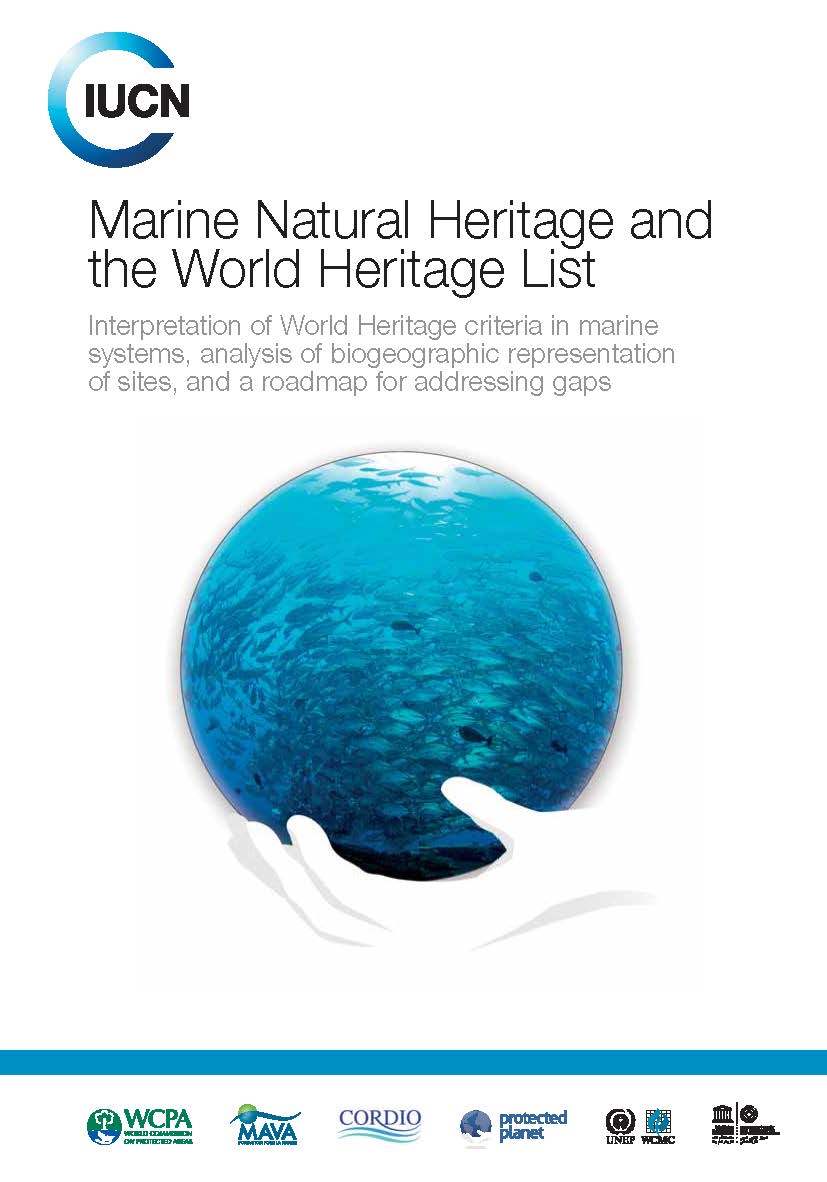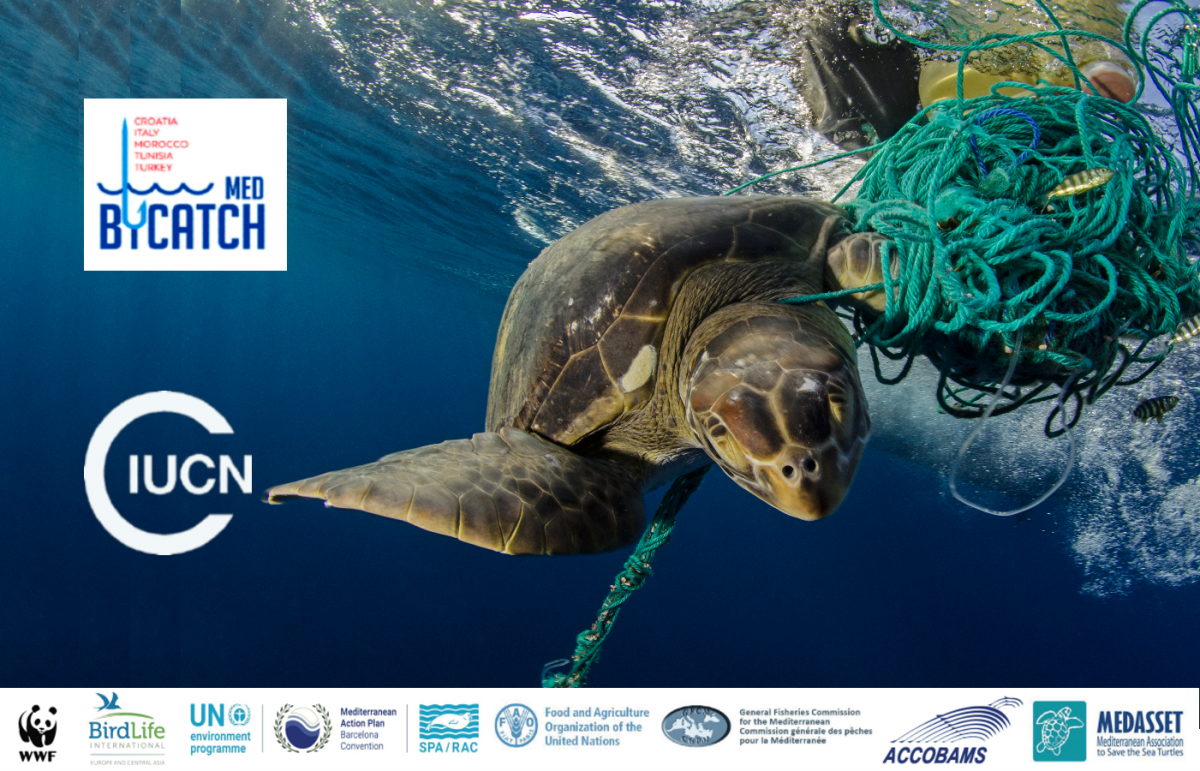Marine Natural Heritage and the World Heritage List
Interpretation of World Heritage criteria in marine systems, analysis of biogeographic representation of sites, and a roadmap for addressing gaps.

Photo: ©IUCN
The 1972 World Heritage Convention is one of the most significant international environmental agreements, recognizing the highest level of common concern for protecting sites of Outstanding Universal Value. Since its outset the Convention has been concerned with the oceans, seas and coasts of our “blue planet”. Australia’s spectacular Great Barrier Reef was one of the first listings, and a continuing series of iconic marine sites has been added to the list.
But a convincing and updated “road map” or “navigational chart” to ensure the application of the World Heritage Convention to marine ecosystems globally is needed to ensure that the Convention addresses the diversity of the marine realm, and can make a relevant contribution to the new and growing challenges that face our planet and its oceans in the 21st Century. As the Advisory Body to the World Heritage Convention for natural heritage, IUCN is pleased to launch the present study, in order to enhance the use of the Convention
to protect oceans and seas in the territories of the signatory States Parties, including their Exclusive Economic Zones (EEZ), while finding ways to secure conservation of wildlife and habitats in the areas of ocean beyond the jurisdiction of any individual country (the High Seas)...



